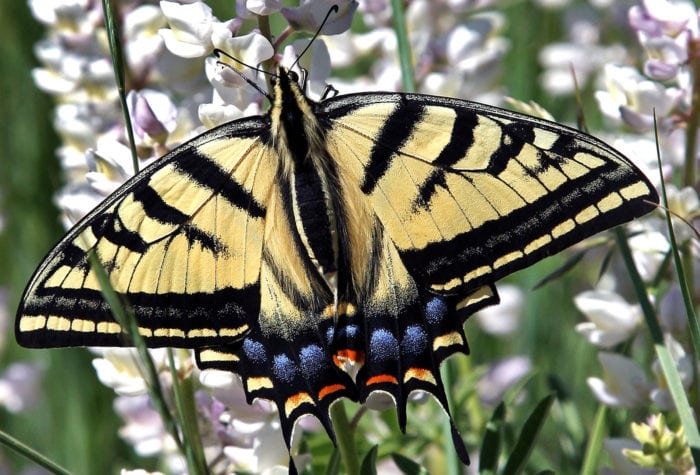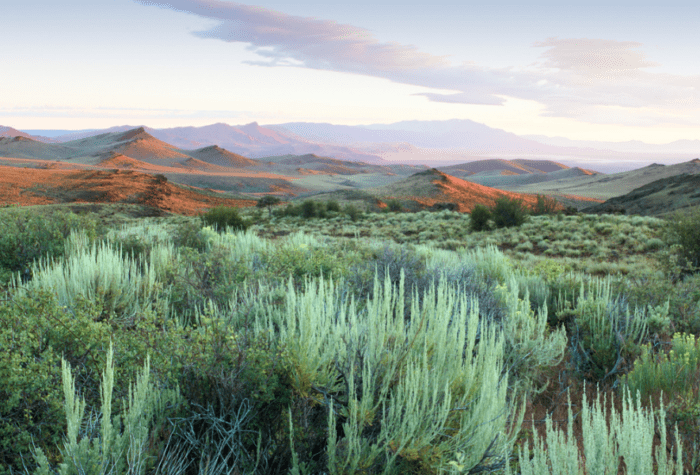ONDA launched our Tribal Stewards program in 2019 to provide paid opportunities for Indigenous youth and young adults to work on restoration projects and gain experience in conservation and stewardship career paths. The goal of this program is to support emerging conservation leaders in tribal communities while completing projects to improve ecosystem health in Oregon’s high desert.
Through an immersive field‐based program, participants restore streams, uplands and trails on federal and tribal lands and conduct scientific research and monitoring. In addition to gaining practical training, the tribal stewards receive mentorship from natural resources professionals and explore potential career pathways.

